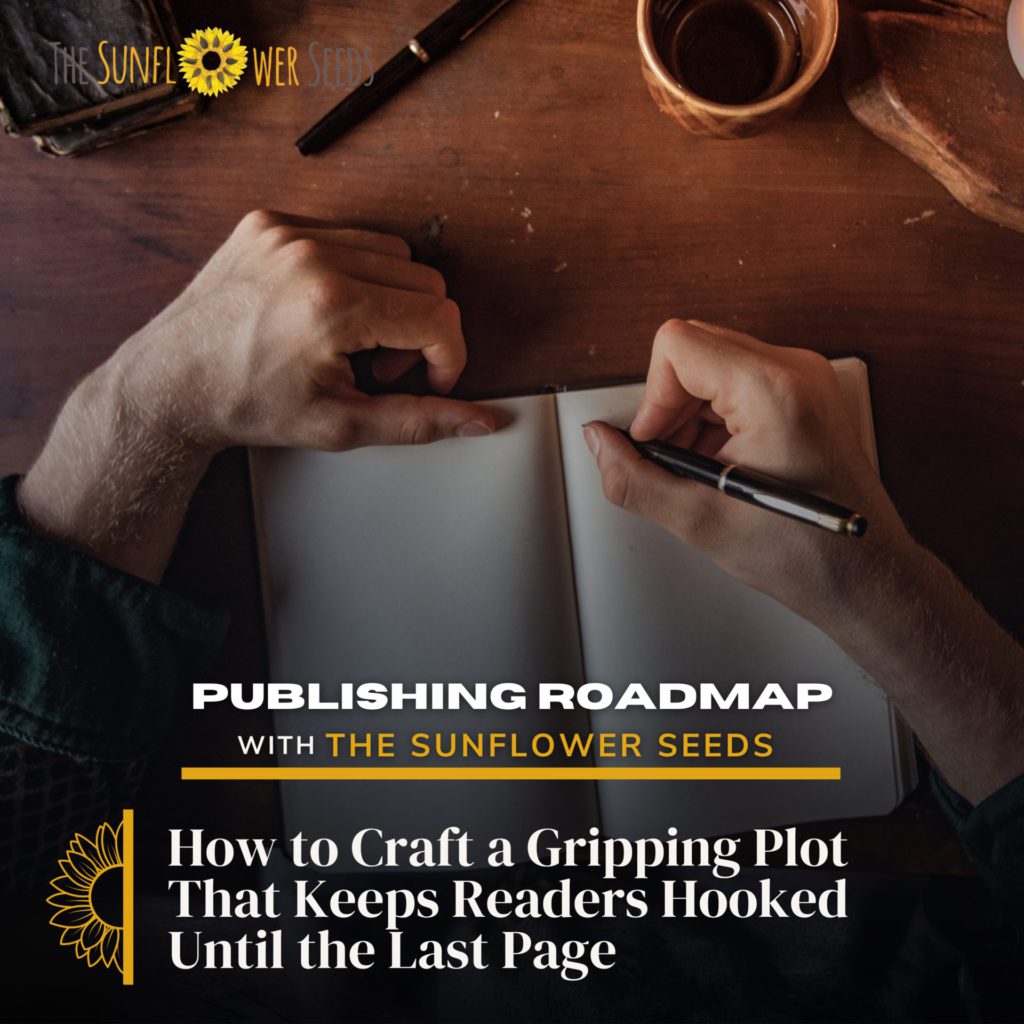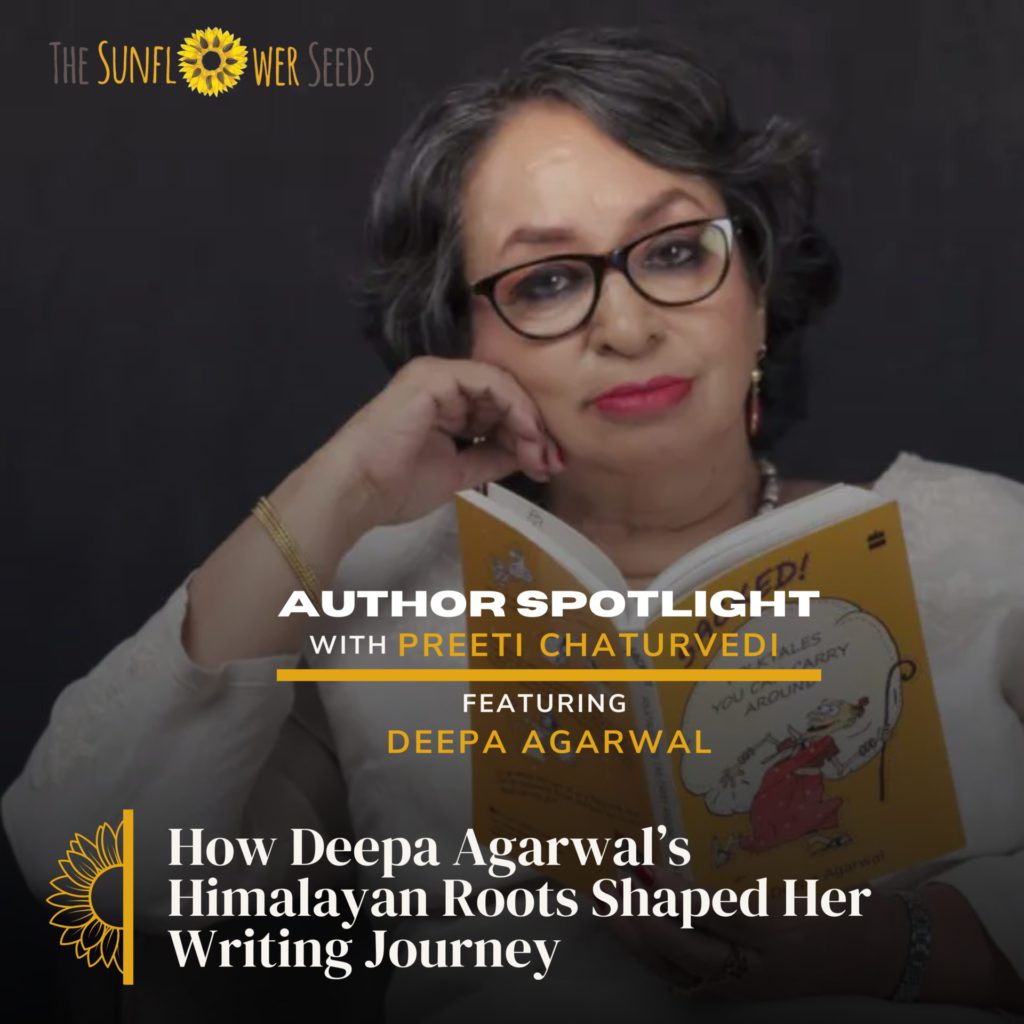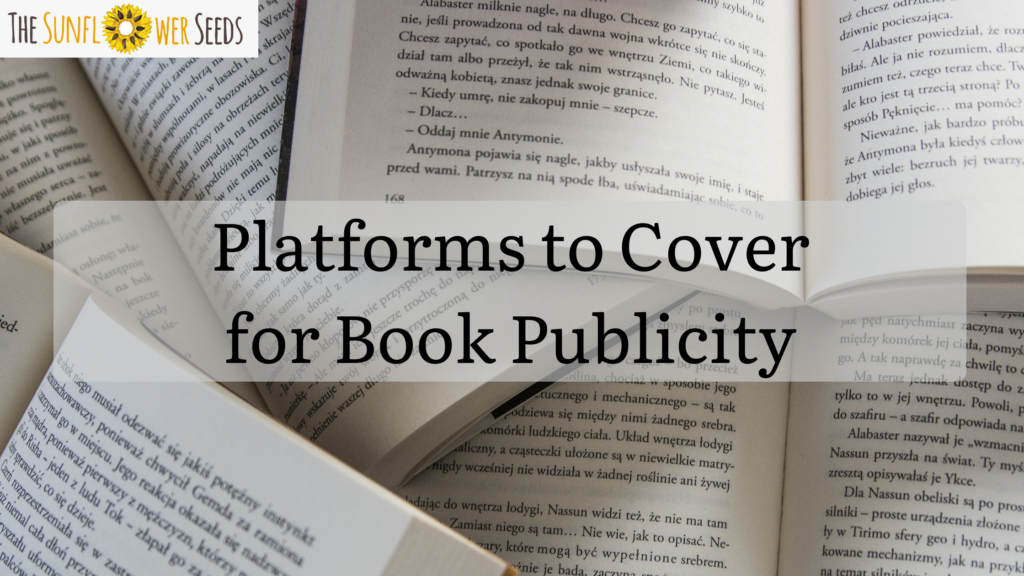How to Craft a Plot That Keeps Readers Hooked
“You can’t use up creativity. The more you use, the more you have.“
— Maya Angelou

Every great story is built on a compelling plot that hooks readers and keeps them engaged. Whether you’re writing a thriller full of suspense, a romance filled with emotional highs and lows, or a fantasy adventure with intricate twists, your plot must be structured in a way that maintains momentum and captivates your audience. A well-developed plot isn’t just about events unfolding—it’s about creating tension, deepening character arcs, and delivering satisfying resolutions that leave readers wanting more.
Mastering plot development strategies like the three-act structure, the hero’s journey, or nonlinear storytelling can help craft a page-turner that stands out in today’s competitive book market. At The Sunflower Seeds, we guide authors in structuring compelling narratives, avoiding common storytelling pitfalls, and refining their unique storytelling voice. Whether you’re looking to write a bestselling novel or an unforgettable short story, this guide will walk you through the essentials of creating a plot that truly engages readers.
What Is the Secret to Writing a Great Plot?
A great plot combines a clear structure with engaging twists and emotional depth. It guides readers through the highs and lows of your characters’ journeys, ensuring they remain invested in the story.
Consider examples like J.K. Rowling’s Harry Potter series or Dan Brown’s The Da Vinci Code, which masterfully blend character development with rising tension and unexpected revelations. By learning how to write a plot with twists, conflict, and relatable arcs, you can replicate their success.
How to Write a Plot That Grabs Readers From the Start
1. Begin with a Powerful Hook
The opening of your book is critical for capturing interest. A strong hook introduces tension, raises questions, or presents a unique premise. For instance, in Gone Girl by Gillian Flynn, the mysterious disappearance of Amy Dunne immediately pulls readers into the plot.
2. Define the Core Conflict
The heart of your story lies in its conflict—what challenges will your protagonist face? Whether it’s defeating a villain, solving a mystery, or reconciling with the past, the conflict drives the narrative forward. Learning how to write a story plot begins with identifying this key element.
3. Build Emotional Stakes
Readers stay hooked when they care about the characters. Develop emotional stakes by making the outcomes deeply personal. For example, in The Hunger Games, Katniss Everdeen’s fight for survival also ties into her love for her family and her desire for justice.
How to Structure a Plot That Keeps Readers Engaged
1. Use Proven Story Structures
The three-act structure and the hero’s journey are two timeless templates for plotting your story. These frameworks ensure your plot has a clear beginning, middle, and end while leaving room for surprises.
2. Incorporate Subplots for Depth
Subplots enrich your main story and offer fresh perspectives. For example, in Pride and Prejudice by Jane Austen, the romantic entanglements of minor characters add complexity to Elizabeth and Darcy’s journey.
3. Increase Tension Through Twists and Turns
Knowing how to write a plot twist can make or break your story. Twists work best when they are surprising yet inevitable upon reflection. Agatha Christie’s And Then There Were None uses this technique brilliantly, keeping readers guessing until the final page.
Examples of Gripping Plots That Captivated Readers
- Mystery: The Girl with the Dragon Tattoo by Stieg Larsson combines investigative journalism with dark family secrets, making it a prime example of how to create a suspenseful plot.
- Fantasy: J.R.R. Tolkien’s The Hobbit weaves a hero’s journey with layers of adventure and personal growth, exemplifying how to write a book plot that resonates.
- Romance: The Notebook by Nicholas Sparks explores enduring love through dual timelines, creating a plot that balances tension and sentimentality.
How The Sunflower Seeds Helps Writers Create Compelling Plots
At The Sunflower Seeds, we understand that crafting a plot is the foundation of any great story. That’s why we provide personalized guidance to help writers develop, refine, and publish their work.
Our team of experts specializes in helping authors master how to write a plot outline, craft memorable twists, and ensure their stories resonate with readers. Whether you’re brainstorming ideas or polishing your manuscript, we offer resources and support tailored to your needs.
What Tools Can Help You Craft a Better Plot?
Writing software like Scrivener helps organize your plot, subplots, and character arcs, making it easier to see the big picture. Grammarly ensures your writing is clear and error-free, while ProWritingAid offers advanced feedback on sentence structure and style. For collaborative feedback, platforms like The Sunflower Seeds provide access to experienced editors who can refine your plot and enhance its readability.
How to Edit and Test Your Plot for Success
1. Revise for Clarity and Impact
The first draft of your plot is rarely perfect. Revise with an eye for pacing, ensuring every scene moves the story forward. Focus on how to make a plot exciting by adding tension or removing unnecessary details.
2. Gather Reader Feedback
Share your draft with beta readers or professional editors who can offer valuable insights. Their feedback will help identify plot holes or moments where the story may lose momentum.
Crafting Your Plot with The Sunflower Seeds
If you’re ready to take your plot from good to great, The Sunflower Seeds can help. Our services go beyond basic editing—we work closely with authors to develop engaging plots, publish polished manuscripts, and market their books effectively.
Whether you’re learning how to write a book plot or refining a draft, The Sunflower Seeds offers the expertise and tools you need to succeed. Ready to bring your story to life? Start your journey with us today.
Click on the link to learn more about “How to Develop a Unique Writing Style That Stands Out?”





